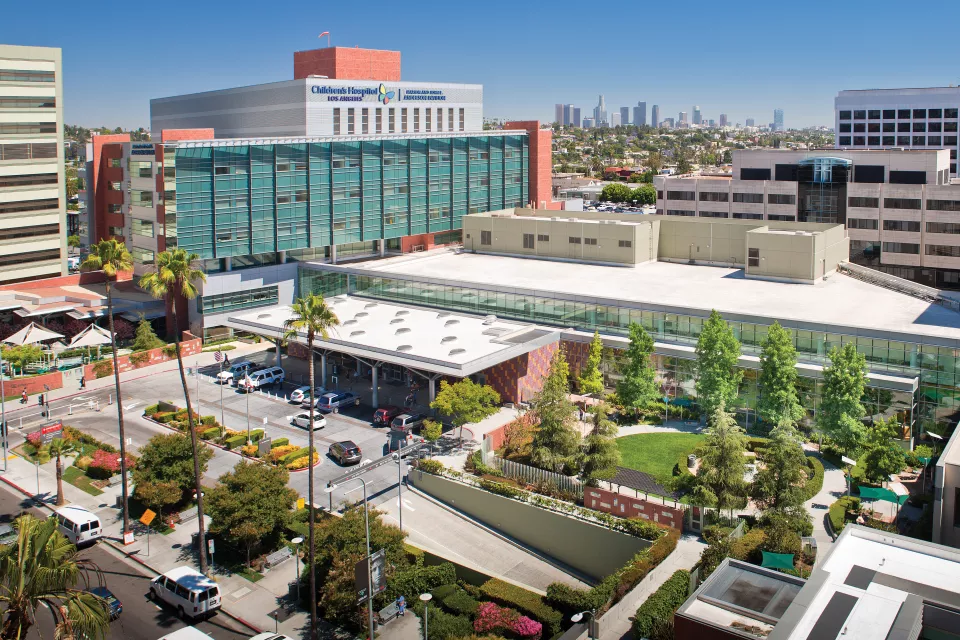Obstructive sleep apnea (OSA) occurs when a child stops breathing during periods of sleep, typically this is because of a blockage in the airway. Drawing on our years of extensive experience, the Division of Otolaryngology specializes in evaluating and treating OSA, which is easily treatable with airway pressure devices, surgery and other therapies. The most common cause of OSA is enlarged tonsils and adenoids in the upper airway. These enlargements cause the blockages in the breathing pathways and our team specializes in treating your child so that they can enjoy a good night’s rest.
While obstructive sleep apnea is not life-threatening, it results in poor, interrupted sleep patterns, and good rest is vital for children’s growth. It can also cause permanent damage in the lungs and heart because of the inability to circulate air and oxygen in and out of the lungs. Sleep apnea can lower blood oxygen levels because the air is not able to enter the lungs properly.
Many times children with sleep apnea will snore noticeably and have noisy breathing during sleep, and parents should consult with their doctor.
In addition to a complete medical history and physical examination, diagnostic procedures for obstructive sleep apnea may include:
- Sleep history - A report from parents or caretaker
- Evaluation of the upper airway
- Sleep study - The best test available for diagnosing obstructive sleep apnea
During the study, the following will be tested:- Brain activity
- Electrical activity of the heart
- Oxygen content in the blood
- Chest and abdominal wall movement
- Muscle activity
- Amount of air flowing through the nose and mouth
Children’s Hospital has a state-of-the-art Sleep Center on site, which is open 24 hours a day, seven days a week. The center is family-friendly and has four-beds. It is staffed by licensed therapists, nurses, and technicians. The laboratory performs daytime nap testing as well as full overnight polysomnography testing.
